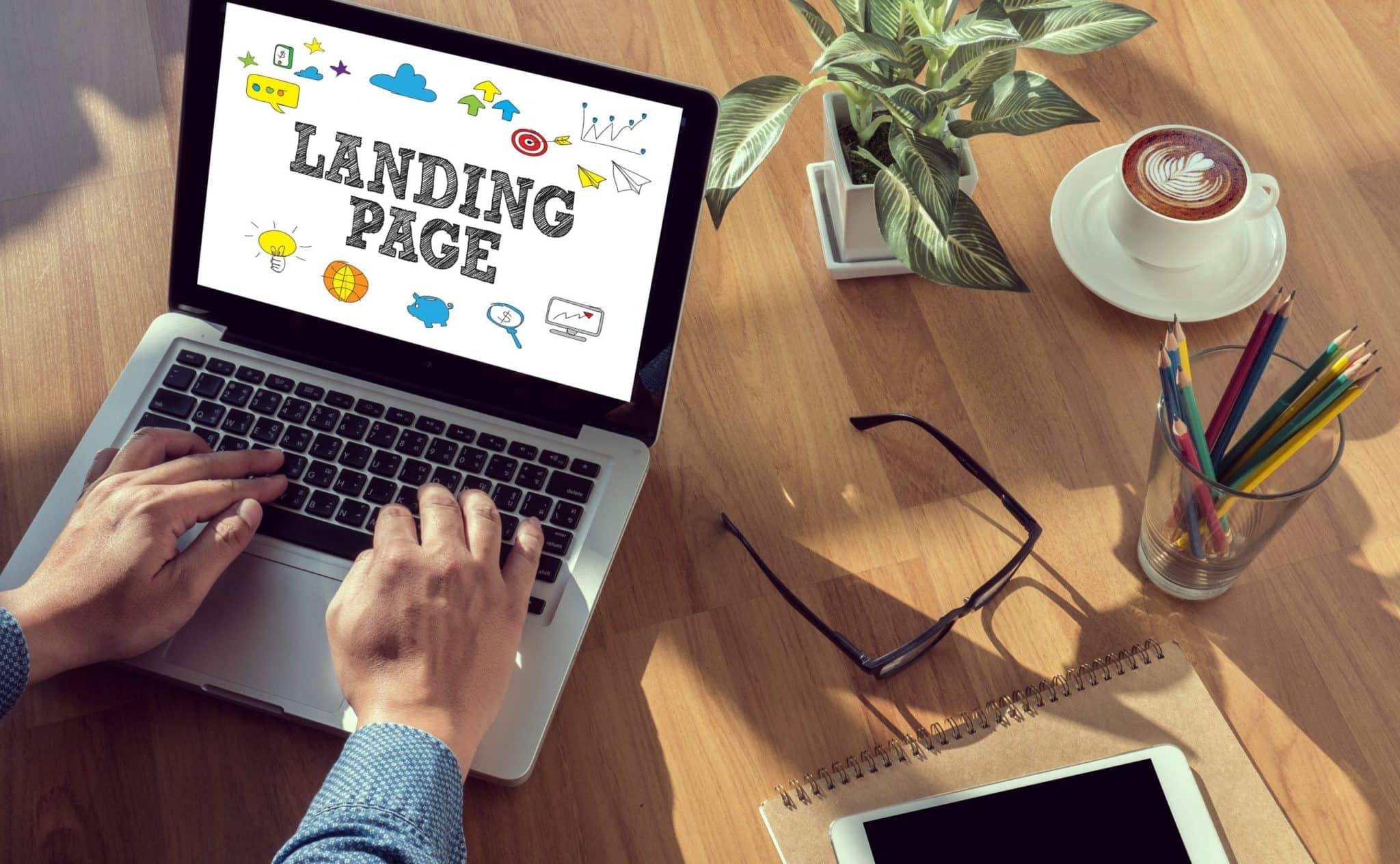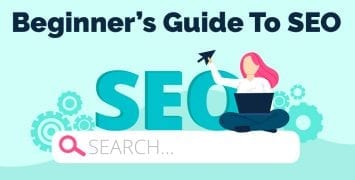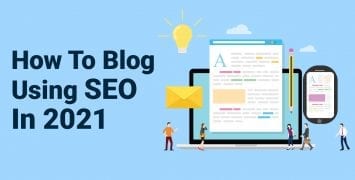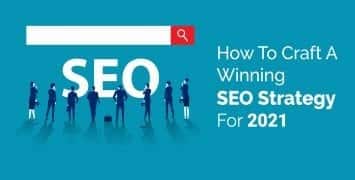People only purchase from brands they trust. There are many ways to create this trust but landing pages are one of the most effective. Landing pages are especially effective at building the trust of someone who doesn’t already know much about your brand.
Whether you’re new to landing pages or are ready for a refresher course, I’ve got you covered. Check out my complete guide to creating completely awesome landing pages:
Landing Pages Defined
Landing pages are webpages that provide information while also asking for an email in exchange for even more information. They’re tailored to the content which originally engaged the reader – the PPC ad, the targeted email, the specific search query, and so on.
Here are some examples:
- A potential customer sees a PPC about a summer sale you’re having. When that person clicks on the ad, they should be taken directly to a landing page with more detail about that specific sale.
- A social media post advertises a new product. The link will lead directly to a landing page about that product specifically.
Too many SEO pros direct traffic to the homepage. That’s never going to be as effective as directing to a landing page. Remember, the customer clicked on a link because they liked the promise of specific information.
Your landing page should provide more information about whatever topic originally interested the viewer.
Define Your Target Audience
There is no product or service which is right for everyone. Even a general use product, like a cup, will have a variance in style, price, and more. There will always be specific categories of people who are more interested in your product than any other group.
The trick is to identify your most likely customer base and then market to those people as specifically as possible.
You’ll need to create a Customer Persona. This a fictional customer you design all of your marketing around. While the Buyer Persona is fictional, their specific characteristics represent a large section of your customer base.
Check out my earlier post The Power of Buyer Personas for a complete guide.
Develop Your Brand’s “Voice.”
When you know who your customers are, you’ll know what type of communication they’ll respond to. This called your brand’s “voice.”
Each voice is different. If you’re a pizza company in a college, your brand’s voice might be young, comical, and informal. If you’re an investment company, your voice will likely be subdued, serious and information-heavy.
Once you’ve developed your brand’s voice, use that voice everywhere. This includes all landing page’s elements. Not just the main content but also the headlines, subheadings, call-to-action and more. A voice isn’t just the written word. Make sure your images are tonally consistent, too.
Identify Hot Topics in Your Industry
Don’t expect to go from Landing Page directly to a sale. Your potential customer is still unsure about your brand product. You want to give him or her reasons to stay engaged. A “hard sell” approach at this point is likely to drive them away.
Focus on what specifically the customer wants. I like using Google Keyword Planner and Buzzsumo to help identify hot topics. Simply enter keywords relevant to your industry, and these two tools should give you an idea of what people in that industry are talking about.
For instance, suppose you run a business that installs home swimming pools. Your research shows that many people have questions about how much maintenance pool needs. The subject of how to keep your home pool clean will be interesting to a large section of your potential customers.
Offer Useful Information in Return for the User’s Email Address
Here are three ways to use the topic you found above:
1. Initial Engagement
They should be the subject of your initial advertising, such as social media posts, PPC, blog posts, and so on. This the initial piece of content which includes the link to your landing page.
2. Landing Page
Your landing page should provide the information promised in the ad. In this case, your landing page will talk about how often you’ll need to clean a pool and what equipment is needed.
Then you’ll offer even more information related to the subject. Only now you’ll require an email address. If your landing page was effective, most people will feel comfortable giving you an email address for an ebook, white paper, invitation to an e-conference, and similar material.
3. Create Dynamite Content
Once you have a lead’s email address, you need to follow up with engaging, info-rich content. In this case, you might want to create information about the differences between home pool types and which ones are the easiest to keep clean.
You want a soft sell. In our example, the pools which are easiest to clean are also the ones installed by our company. This a way to move the subject away from the original topic (“How much maintenance does a home pool need?”) to a new topic more closely connected to our brand (“Which pools are easiest to keep clean?”)
Landing Pages Help Create Lifelong Customers
Avoid sending the majority of your potential customers directly to your homepage. Instead, address their specific concerns with individual landing pages.




